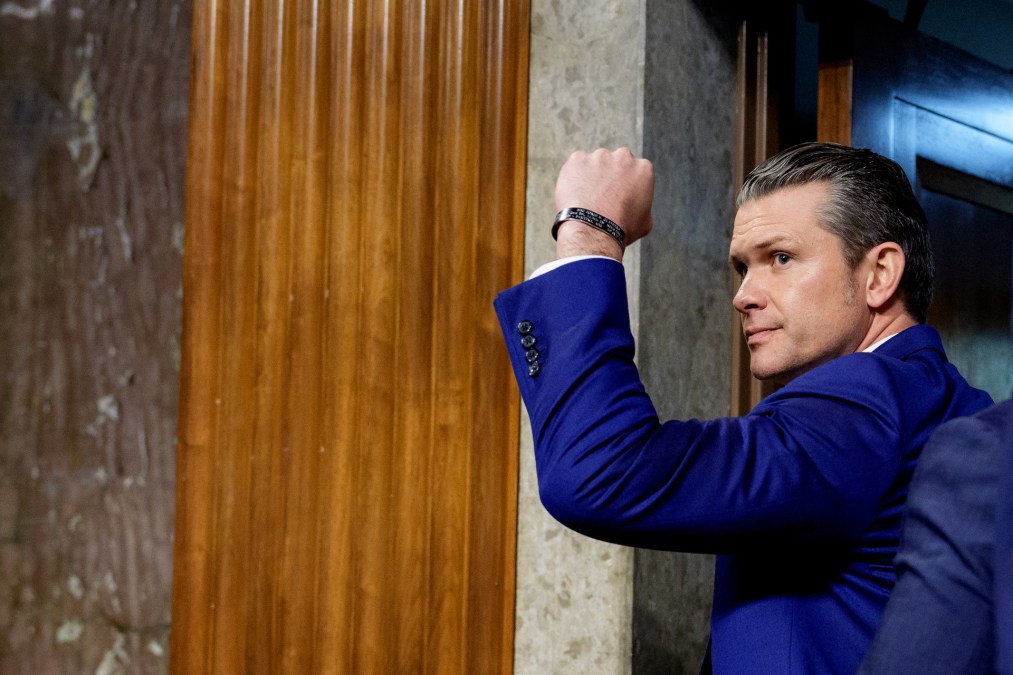Five months ago, on the Megyn Kelly Show, U.S. Secretary of Defense Pete Hegseth made bold claims about his plans to reform the American military, promising to dismantle what he called “woke” policies, eliminate diversity programs, and refocus the Pentagon on warfighting.

Appointed on January 25, 2025, Hegseth, a former Fox News host and Army National Guard veteran, vowed to bring a “warrior ethos” back to the military. Now, as we approach June 2025, has Hegseth delivered on his promise to reform the U.S. military, or have his actions led to more chaos than progress? Let’s dive into his tenure and evaluate the impact of his controversial leadership.
Hegseth’s reform agenda kicked off with a clear focus: purging diversity, equity, and inclusion (DEI) programs. Within his first 100 days, he axed all DEI initiatives, claiming they distracted from the military’s core mission of lethality and readiness. He also slashed $580 million in Pentagon spending tied to these programs, redirecting funds toward what he called “combat power.” This move was praised by some conservative voices on X, who celebrated the shift as a return to meritocracy and strength. Recruitment numbers, which had been lagging, reportedly improved, and some posts on X suggest morale among troops has risen due to higher pay and a focus on traditional military values. Hegseth also ordered the removal of social sciences and DEI research, arguing they had no place in a warfighting institution. For many of his supporters, these actions signal a military refocused on its primary purpose—winning wars.

Another cornerstone of Hegseth’s reform was restructuring the Army. In May 2025, he issued a directive for a “comprehensive transformation,” merging Army Futures Command and Training and Doctrine Command into a new organization. He also divested outdated formations like manned attack helicopters, prioritizing drone swarms to counter modern threats. Hegseth set a 2027 deadline for these changes, aligning with concerns about China’s growing military capabilities. Some experts, like retired Major General John Ferrari, have called this a “bold plan,” noting its rapid timeline and alignment with new defense technologies. On X, some users have hailed Hegseth’s focus on “peace through strength” and an “America First” approach, suggesting his reforms are a much-needed reset after years of what they see as misguided policies.
However, Hegseth’s reforms have not been without significant pushback. Critics argue that his focus on cultural battles has distracted from critical national security priorities. His decision to end the Women, Peace, and Security program—a Trump-era initiative—drew sharp criticism, especially since it was championed by other members of Trump’s cabinet, like Marco Rubio. Hegseth dismissed it as a “woke Biden initiative,” but this move alienated allies and raised questions about his commitment to global partnerships. His suspension of offensive cyber operations against Russia and the freezing of intelligence and weapons support for Ukraine have further strained NATO alliances, with some fearing the U.S. is abandoning its role as a reliable partner. On the ground, these decisions have left Ukraine vulnerable in its fight against Russia, potentially destabilizing Europe further.
Hegseth’s leadership has also been mired in controversy, undermining his reform efforts. In March 2025, he shared classified details about Yemen airstrikes via Signal with his wife, brother, and lawyer, prompting a Pentagon investigation. The White House briefly considered replacing him, though President Trump stood by his embattled secretary. This scandal, combined with the abrupt firing of senior aides and a 20% cut in four-star officers, has led to what former Pentagon spokesperson John Ullyot called a “full-blown meltdown” of infighting. Colin Carroll, a former adviser, revealed on the Megyn Kelly Show that Hegseth often fixated on “weird details” and became “very agitated,” painting a picture of a leader struggling to manage the Pentagon’s complexities. These missteps have fueled doubts about whether Hegseth’s reforms are sustainable or merely chaotic disruptions.
Public sentiment remains deeply divided. While some on X praise Hegseth for boosting recruitment and morale, others highlight his inexperience and polarizing decisions. A poll from April 2025 showed 76% of Americans disapproved of his handling of classified information, and even 56% of Republicans expressed concern. His confirmation, which required a tie-breaking vote by Vice President JD Vance, was one of the most contentious in history, with all Democrats and three Republicans voting against him. Critics like Senator Jack Reed argue that Hegseth’s cuts to senior leadership could “cripple” the military, while former officials like Caroline Zier warn that his dismissal of female officers risks alienating women at a time when the military needs all qualified recruits.
So, has Pete Hegseth reformed the U.S. military as promised? On one hand, he has made significant changes, dismantling DEI programs, restructuring the Army, and refocusing on lethality. Supporters see this as a return to a stronger, more traditional military. On the other hand, his tenure has been marked by scandal, strained alliances, and internal chaos, raising questions about the long-term impact of his reforms. As global threats like China and Russia loom, the jury is still out on whether Hegseth’s vision will strengthen the military—or leave it more vulnerable than ever.





